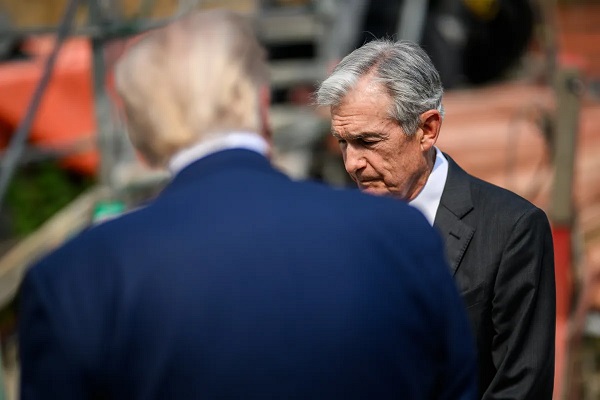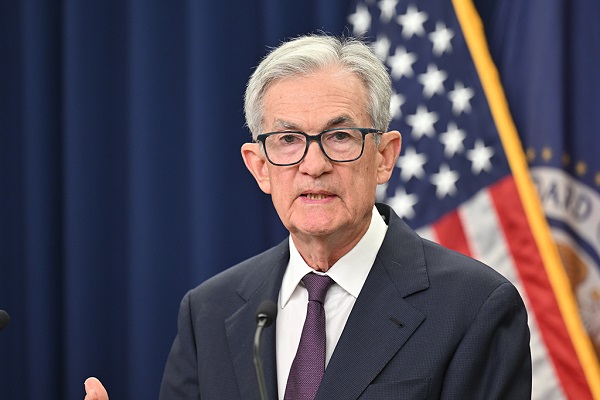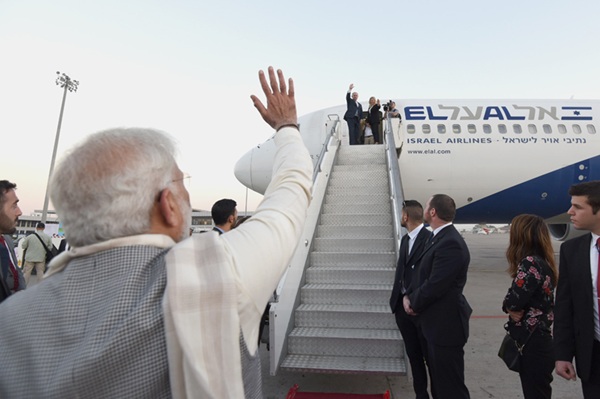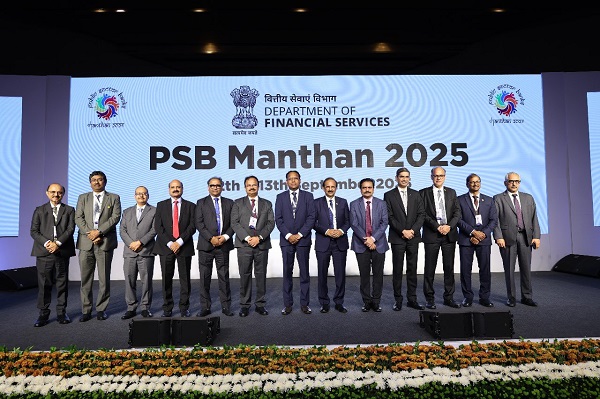.png)

By BasisPoint Groupthink
Groupthink is the House View of BasisPoint’s in-house columnists.
September 18, 2025 at 2:28 AM IST
Jerome Powell’s tenure as Federal Reserve Chair has been defined by turbulence. Inflation shocks, banking tremors, trade wars, and a presidency openly hostile to the idea of central bank independence have tested his mettle. This week, with the Fed’s quarter-point rate cut, Powell secured a modest but meaningful victory: he kept his colleagues aligned, his institution intact, and his chin up in the face of relentless pressure from President Donald Trump.
Trump’s demand for steep cuts was no secret. His allies, newly embedded in the Fed, echoed his impatience. Yet Powell, long caricatured as cautious, managed something subtle. He brokered a consensus for a single, measured move that put labour market risks ahead of inflation but stopped short of capitulating to the White House’s appetite for stimulus. The optics matter. In a Washington that thrives on the perception of dominance, Powell showed he could rally a divided boardroom to his side, at least for now.
That outcome was hardly pre-ordained. The August jobs report, with barely 22,000 new positions, made a case for deeper easing. Political appointees such as Governor Stephen Miran pressed for more, aligning with Trump’s narrative of urgency. Yet Powell held the middle ground. He persuaded Trump’s earlier dissenters, Michelle Bowman and Christopher Waller, to endorse the modest cut. In doing so, he framed the debate less as a binary choice between inflation and growth, and more as a balancing act worthy of a pragmatic central banker.
The backdrop made the victory more personal. Trump has repeatedly derided Powell in public, at one point calling him “clueless” and questioning his patriotism. Such attacks would have rattled a less assured chair. Powell, instead, has chosen understatement as his defence, allowing the marble Fed building on Constitution Avenue to stand as a symbol of institutional continuity. The irony is that his lack of theatrics, his quiet cadence, has become his strongest shield against a president who thrives on spectacle.
What Powell displayed was not bravado but endurance. His words in the press conference were deliberately modest: there are no risk-free paths, he conceded, but the Fed cannot ignore the labour market. That framing refracted the issue away from politics and back to the Fed’s dual mandate. It was a reminder that even in fractious times, central banking is about persuasion as much as policy.
This resilience comes at a cost. The Fed’s independence is under sharper scrutiny than at any time since the 1970s. Trump’s appetite for stimulus is unlikely to wane, and Powell knows every move will be second-guessed as either too timid or too political. Markets, too, remain sceptical; stocks gave back early gains and yields barely moved, signalling doubts about the Fed’s capacity to shape expectations.
Yet personality counts. Powell is no showman, but his steadiness has become his armour. He does not pretend to command events, only to manage them with consistency. In a system that often rewards noise over nuance, his ability to maintain composure is itself a form of quiet defiance.
For now, the battle is far from over. Inflation is sticky, jobs are fragile, and the political cycle will keep tightening the screws. But Powell leaves this meeting with a small, significant victory: a reminder that leadership at the Fed is not just about rates, it is about resilience.



